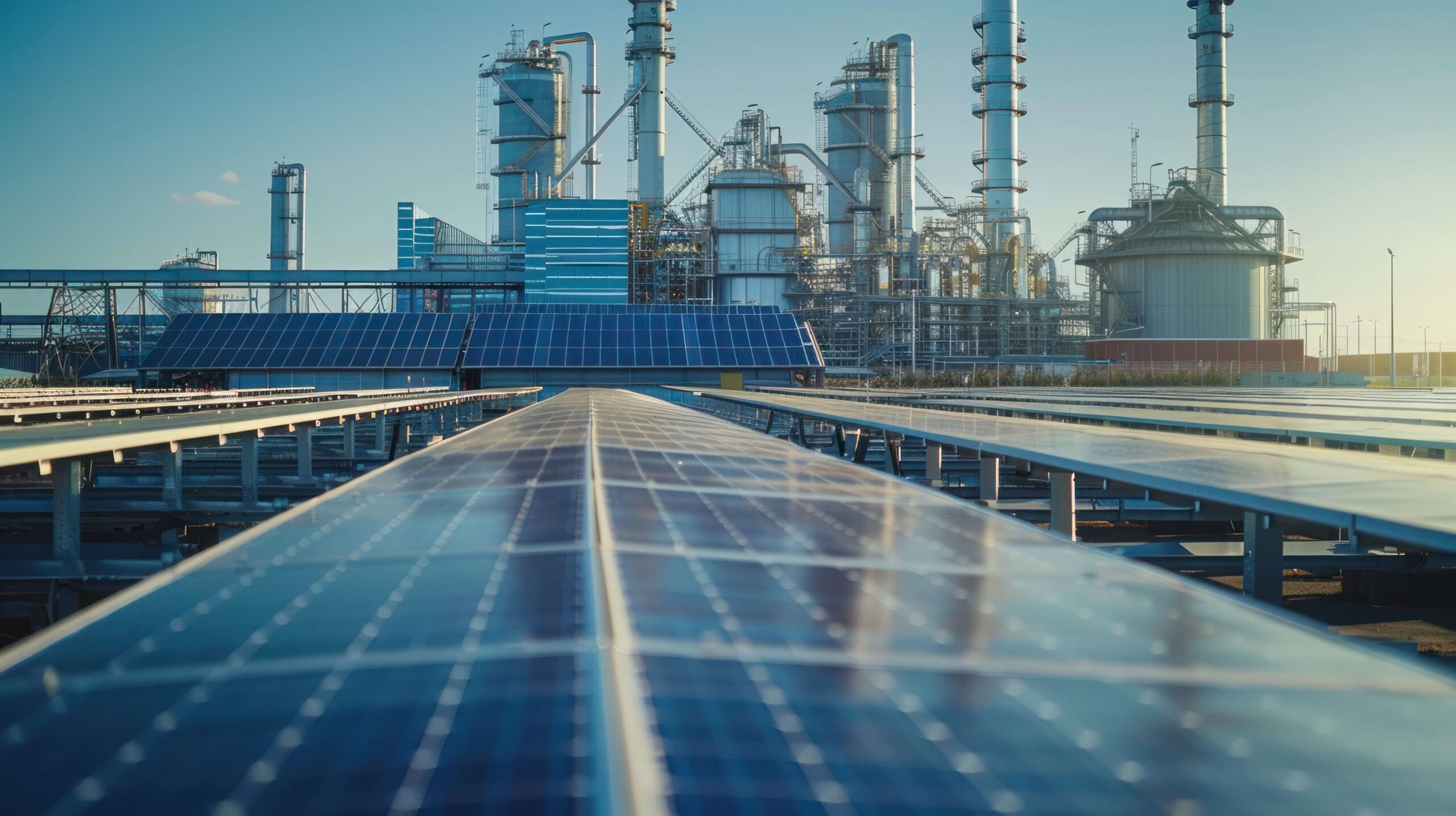The transition to renewable clean energy is at the heart of global efforts to combat climate change and reduce our dependence on fossil fuels. As the world races to achieve net-zero emissions by 2050, renewable energy technologies are rapidly advancing to meet growing demands for clean, sustainable power. These technologies are reshaping how energy is produced and consumed, with wind and solar leading the expansion due to their scalability and decreasing costs, while geothermal and hydroelectric power offer reliable, constant energy output, providing stability to the energy grid. The rapid growth of these technologies is driving a dramatic increase in demand for critical minerals such as copper, lithium, and nickel. These materials are essential for constructing solar panels, wind turbines, electric vehicle (EV) batteries, and energy storage systems. As the world works toward net-zero emissions by 2050, the need for these minerals is expected to surge dramatically, with sustainable mining practices becoming ever more crucial to meet global energy goals.
- Harnessing the elements with wind and solar technologies
- Tapping into Earth’s resources with geothermal and hydroelectric power
- The role of mining in supporting renewable technologies
Harnessing the elements with wind and solar technologies
Wind and solar energy are at the forefront of the renewable energy transition, offering scalable and cost-effective solutions to meet the growing demand for clean electricity, with the International Energy Agency (IEA) projecting they could provide nearly 70% of global electricity generation by 2050 under a net-zero scenario. Wind power is a versatile and rapidly expanding form of renewable energy. Onshore wind power is a well-established technology, with wind turbines installed across vast plains, hilltops, and other windy locations, and is especially popular because of its relatively lower installation costs compared to other forms of renewable energy. Meanwhile, offshore wind turbines can benefit from stronger and more consistent wind, resulting in higher electricity generation potential. The UK and Germany are leaders in offshore wind, but the US is rapidly expanding its capacity with plans to install large-scale offshore wind farms along its East Coast.
Solar power has rapidly emerged as a cornerstone of the global renewable energy shift. Solar photovoltaic (PV) systems capture sunlight and convert it into electricity, making it an accessible energy source for everything from home rooftops to large-scale solar farms. In 2023, global solar installations reached record levels with ~400 GW of new capacity added. This surge in solar capacity presents the fastest growth rate in over a decade, with almost three-quarters of new renewable capacity installed in 2023 coming from solar energy. This robust growth is driven by falling costs, supportive government policies, and the growing economic competitiveness of solar power over fossil fuel-based energy.
Tapping into Earth’s resources with geothermal and hydroelectric power
Geothermal and hydroelectric power provide reliable, continuous energy generation, playing a crucial role in stabilizing the grid and supporting the broader adoption of intermittent renewable sources like wind and solar. Geothermal power harnesses the Earth’s internal heat to produce electricity and provides a consistent, reliable energy source. Unlike solar and wind power, geothermal energy is available 24/7, making it a crucial component of the clean energy mix, alongside nuclear. Geothermal plants tap into reservoirs of hot water beneath the Earth’s surface to generate steam, which drives turbines to produce electricity. For net-zero goals geothermal offers significant potential, with the IEA forecasting that global geothermal capacity could more than triple by 2050 if investments and innovations continue in enhanced geothermal systems (EGS), which allows access to deeper, hotter geothermal resources, increasing the potential energy output.
Hydroelectric power, which generates electricity from the movement of water, is one of the oldest and most mature forms of renewable energy. This power source is particularly valuable because of its ability to provide consistent, large-scale energy generation and energy storage (through pumped hydro storage systems). While large-scale hydropower projects are still in operation worldwide, particularly in countries like China, Brazil, and Canada, there has been a shift towards smaller, more environmentally friendly installations, known as run-of-river projects, that have lower ecological impacts. Hydroelectric power will continue to be a key component of renewable energy portfolios, with the International Renewable Energy Agency (IRENA) estimating the potential for over 2,500 GW of installed hydro capacity by 2050, to help support global energy transition goals.
The role of mining in supporting renewable technologies
The mining industry plays a critical role in supporting renewable energy technologies by supplying the minerals essential for their production. To achieve net-zero emissions by 2050, mining operations will need to expand sustainably and innovate to ensure the supply of these critical materials. As the world moves toward a low-carbon future, ensuring a secure, responsible supply chain for these critical minerals will be essential to powering the renewable technologies of tomorrow. Technologies such as wind turbines, solar panels, electric vehicles (EVs), and energy storage systems depend on minerals like copper, lithium, nickel, cobalt, and rare earth elements. The IEA projects that demand for these critical minerals could increase 5x by 2050 to meet the needs of the energy transition. Wind turbines require significant amounts of copper for electrical wiring, and rare earth elements for the powerful magnets in turbine generators. Similarly, solar panels rely on silicon, silver, and copper for efficient electricity generation. The demand for lithium and cobalt is expected to skyrocket, with lithium demand alone increasing by up to 50x by 2050, driven by the expansion of EVs and renewable energy storage.

As the world pushes toward achieving net-zero emissions by 2050, clean energy technologies like wind, solar, geothermal, hydroelectric and nuclear will all play crucial roles. The transition to a clean energy future depends not only on expanding these technologies but also sourcing and supplying the critical minerals that make them possible. With ongoing innovation and investment, renewable energy is well on its way to transforming the global energy landscape and meeting the challenges of climate change.
- Explore the next article in our Energy Transition series: The Role of Electrification in the Energy Transition
I-ROX is open to industry input, collaboration and support – both financially and technically. If you are interested in discussing pulsed-power technology, or any other element of collaboration, please contact us for more information.





